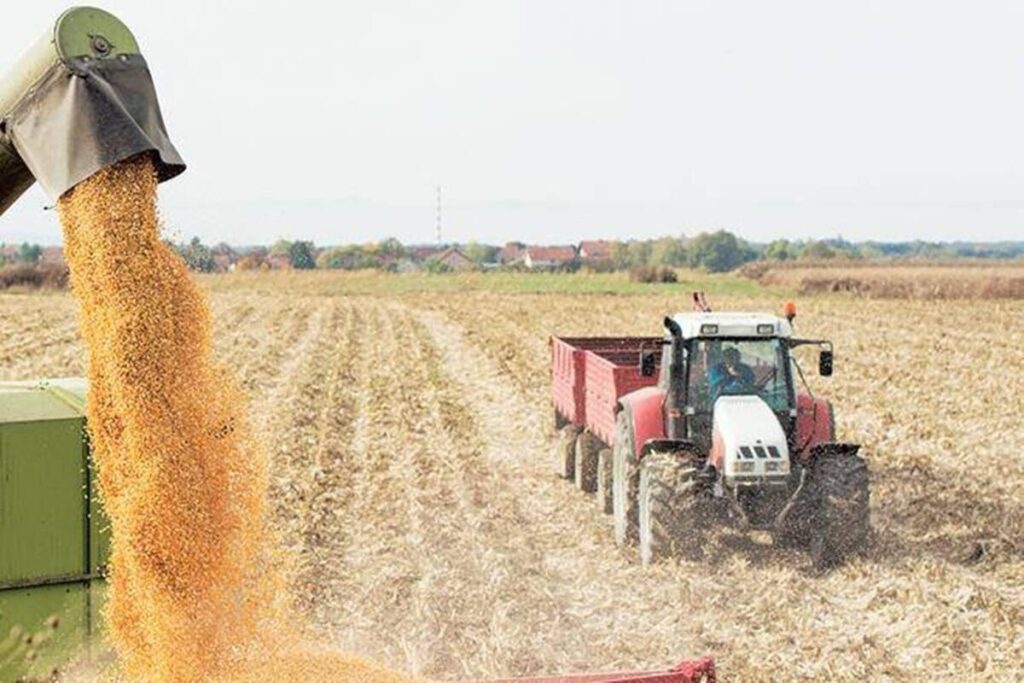Atmanirbharta on seeds: An Atmanirbar Bharat will desperately need SAARC markets to survive in the future

Indra Shekhar Singh did his Schooling from Mayo. He then did his BA from St Stephen’s College. He did his Masters in Political Science from St Stephen’s as well. He worked with Hindustan Times for 2 years. He is working as a Campaign Manager at Navdanya.
Social Work Course / How I got into Social Work: “After completing my Schooling from Mayo, I did my Graduation and Post Graduation from St Stephen’s, Delhi University. I worked with Hindustan Times for 2 years. Today I am a Campaign Manager at Navdanya.”

Markets and prices are the bloodlines of the agriculture sector. As the government lays stress on Atmanirbhar Bharat and agriculture, one begins to wonder whether the Indian market is enough to consume all that we produce, even in terms of grains and agri-inputs? Maybe not for long. Foreign markets have been central to American policy decisions for centuries; from the conquest of the Philippines, Cuba, etc. If India, too, plans to boost local industry peacefully, we must woo SAARC markets, including Pakistan, and build stronger economic relationships independent of politics.
SAARC nations—Pakistan, Nepal Afghanistan, Bangladesh, Sri Lanka, Bhutan, and Maldives—are growing economies where agriculture is a major contributor to GDP (between 16-30%) and a livelihood for most people. Geographically, all these countries, except Maldives, are part of the Indian subcontinent and share nearly similar agro-climates, culinary culture and history. Economically, however, India Inc has failed to harness the agri-markets in the region.
Currently, the demand and supply gap for major seeds is 88% in Nepal, 83% in Sri Lanka, 57% in Bangladesh, 53% in Pakistan and 32% in Bhutan. On the other hand, the Indian seed sector is self-sufficient, and seed growth rate in India is 12% compared to the global growth of 6-7%. Our regulatory mechanism, IPR and phytosanitary laws are the gold standard in the region, giving Indian seeds a huge advantage.
Seed markets are untapped in Bhutan (90%) and Nepal (80%), with most seeds in circulation being from the informal sector. Despite friendly relations, farmers in the countries can’t access Indian seeds. Bangladesh, a popular destination for Indian seeds, has been shaken during the lockdown. Loaded Indian trucks had to wait one month at Petrapole and other borders, despite carting essential commodities and the Bangladeshi side eager to receive them. Regressive policies are creating obstacles for trading with old partners. Indian farmers and seed industry have lost over Rs 200 crore since the severing of trade relations with Pakistan. India exports cotton, vegetable seeds, etc, each year from Punjab, yet no exemptions were made for these farmers.
Our temporary loss is already a permanent gain for China, which gets access to strategic plant genetic resources from Pakistan and other countries. While Indian agri-sector wallows in red-tape and bad policy, the Chinese agri-sector is aggressively capturing SAARC markets.
But all is not lost; Indian markets can consume local production for a few years, giving diplomats enough time to broker a SAARC agri-forum designed to facilitate unrestricted trade of produce and agri-commodities. The forum can also be tasked with formulation and adoption of common procedures and system for quality evaluation, export, import, quarantine, IPR regulations, material transfer agreement, etc. This can include harmonising gaps in policies, banking, grievance redressals mechanisms and can become a public-private forum for trade promotion. We need a “Seeds Without Borders” policy, which can be emulated for all agri-inputs and produce.
As India shares a land-boundary with most countries, special agriculture economic zones (AEZs) need to be demarcated along the Bengal-Assam, Punjab-Rajasthan and UP-Bihar border to cater to these markets. Private industry, from India and SAARC nations, and farmers can be incentivised with tax breaks, export subsidies and capital subsidies to promote trade.
By allowing custom exports to these countries, India will become an agri-infra-R&D hub. SAARC nations will benefit too as, first, they will get superior seeds and other inputs at reasonable costs, and second, access better infrastructure, regulatory processes and cheaper transportation in the region without any additional costs.
An Atmanirbar Bharat will desperately need SAARC markets to survive in the future. Without them, we are looking at over-production and stiff competition or monopolies. Politics has divided us, but agriculture can reunite the region. Even the US and Germany traded at the height of WW2; why can’t India learn from history, keep politics aside and lead by creating a mutually beneficial agro-treaty?
By Indra Shekhar Singh
Source : financialexpress